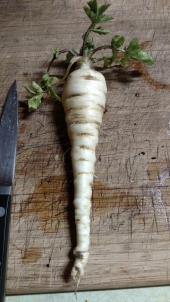I'm trying to grow mullein. Lots of it. Gobs of it. Whole heaping truckloads of it, if possible. It would seem that, as usual, I'm a weird person trying to do things that you're not supposed to do. All the research I've done on the internetz tells me how to grow mullein with
purchased soil. And.... no. Thank you, no. I know I'm a total, abject, unmitigated noob, and I've never grown anything from seed to seed-maker in my life.... but I really can't stand the idea that I can't grow things in my own ****ing dirt. I don't have finished
compost ready, because this is my first year growing, and I really don't want to purchase compost either, because Grazon. I have mullein seeds, I have access to
local (side of the road) mullein plants. I have access to information on how you're
supposed to grow stuff. So please, fellow permies... can anyone tell me how I'm
not supposed to propagate this delightful plant?

 4
4




 3
3











 2
2




 3
3




 2
2











 5
5




 4
4




 3
3




 2
2















